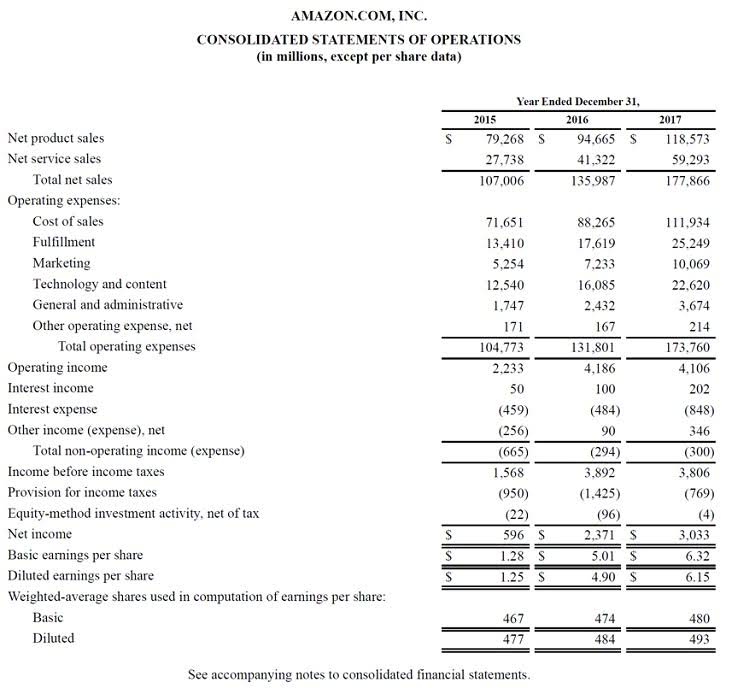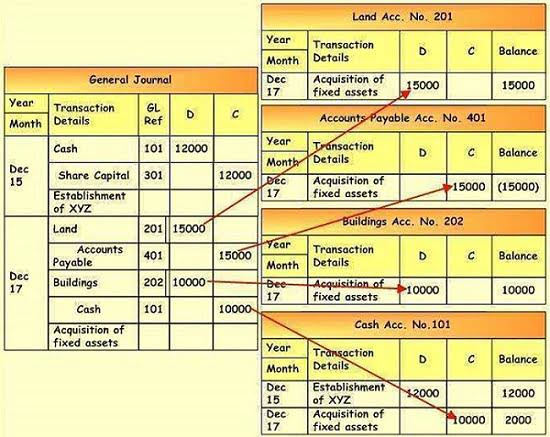
The present value is always less than the future value, since an amount received today can be invested to earn a return (interest) in the intervening period. Calculating the present value of amounts payable or receivable over several time periods is explained more thoroughly below. Refer to the Appendix Section 9.8 at the end of this chapter which of the following are long-term liabilities? for discussions and illustrations regarding the use of the effective interest method for bonds issued at a premium or discount. Registered bonds require the name and address of the owner to be recorded by the corporation or its trustee. The title to bearer bonds passes on delivery of the bonds to new owners and is not tracked.
1: Current versus Long-term Liabilities
For many successful corporations, the largest amount in the stockholders’ equity section of the balance sheet is retained earnings. Retained earnings is the cumulative amount of 1) its earnings minus 2) the dividends it declared from the time the corporation was formed until the balance sheet date. Bonds or Debentures have a debt or loan that is borrowed from the market at a fixed rate of interest. Bond holders are only concerned with the repayment of interest; they are not at all concerned with the company profits or loss.

Scenario 3: The Bond Contract Interest Rate is 12% and the Market Interest Rate Is 16%

Because these loan payments are made at BDCC’s year end, no interest payable is accrued or reported on the balance sheet. Long-term liabilities refer to a company’s non current financial obligations. On a balance sheet, a current portion of any long-term debt is listed in the current liabilities section. Additionally, a liability that is coming due may be reported as a long-term liability if it has a corresponding long-term investment intended to be used as payment for the debt . However, the long-term investment must have sufficient funds to cover the debt.
Employer’s Entries to Pay the Payroll Deductions
Examples of optional deductions include an employee’s charitable donations or Canada Savings Bonds contributions. A loan is another form of long-term debt that a corporation can use to finance its operations. Like bonds, loans can be secured, giving the lender the right to specified assets of the corporation if the debt cannot be repaid.
1 Identify and Describe Current Liabilities
The balance of the principal or interest owed on the loan would be considered a long-term liability. Long-term liabilities are a form of debt that is expected to be paid beyond one year of the balance sheet date or the next operating cycle, whichever is longer. Current and long-term liabilities must be shown https://www.bookstime.com/ separately on the balance sheet. Each bond issue is disclosed separately in the notes to the financial statements because each issue may have different characteristics. The descriptive information disclosed to readers of financial statements includes the interest rate and maturity date of the bond issue.
- The loan principal is a loan amount that is repaid either at the end or over the total period of the loan.
- It is important to classify liabilities correctly otherwise decision makers may make incorrect conclusions regarding, for example, the organization’s liquidity position.
- To pay your balance due on your monthly statement would require $406 (the $400 balance due plus the $6 interest expense).
- Apart from bonds, a company can borrow from banks or financial institutions which will be regarded as a loan having a repayment tenure and fixed or floating rate of interest.
- Assume that the customer prepaid the service on October 15, 2019, and all three treatments occur on the first day of the month of service.
These provide additional information pertaining to a company’s operations and financial position and are considered to be an integral part of the financial statements. The stockholders’ equity section may include an amount described as accumulated other comprehensive income. This amount is the cumulative total of the amounts that had been reported over the years as other comprehensive income (or loss). It is important to realize that the amount of retained earnings will not be in the corporation’s bank accounts. The reason is that corporations will likely use the cash generated from its earnings to purchase productive assets, reduce debt, purchase shares of its common stock from existing stockholders, etc.
- A liability that is determined to be contingent is not recorded, rather it is disclosed in the notes to the financial statements except when there is a remote likelihood of its existence.
- Long-term liabilities are an important part of a company’s financial operations.
- Noncurrent liabilities are long-term obligations with paymenttypically due in a subsequent operating period.
- As a small business owner, you need to properly account for assets and liabilities.
- Long-term liabilities are the debts and obligations that are owed by the company but are not due to be paid within the current period.
- Long-term debt compared to current liabilities also provides insight regarding the debt structure of an organization.
Some states do not have sales tax becausethey want to encourage consumer spending. Those businesses subjectto sales taxation hold the sales tax in the Sales Tax Payableaccount until payment is due to the governing body. An invoice from the supplier (such as the one shown in Figure 12.2) detailing the purchase, credit terms, invoicedate, and shipping arrangements will suffice for this contractualrelationship. In many cases, accounts payable agreements do notinclude interest payments, unlike notes payable. Accounts payable represents money owed to vendors, utilities, and suppliers of goods or services that have been purchased on credit. Most accounts payable items need to be paid within 30 days, although in some cases it may be as little as 10 days, depending on the accounting terms offered by the vendor or supplier.
The scheduled payment is $400;therefore, $25 is applied to interest, and the remaining $375 ($400– $25) is applied to the outstanding principal balance. Next month, interestexpense is computed using the new principal balance outstanding of$9,625. Thismeans $24.06 of the $400 payment applies to interest, and theremaining $375.94 ($400 – $24.06) is applied to the outstandingprincipal balance to get a new balance of $9,249.06 ($9,625 –$375.94).












